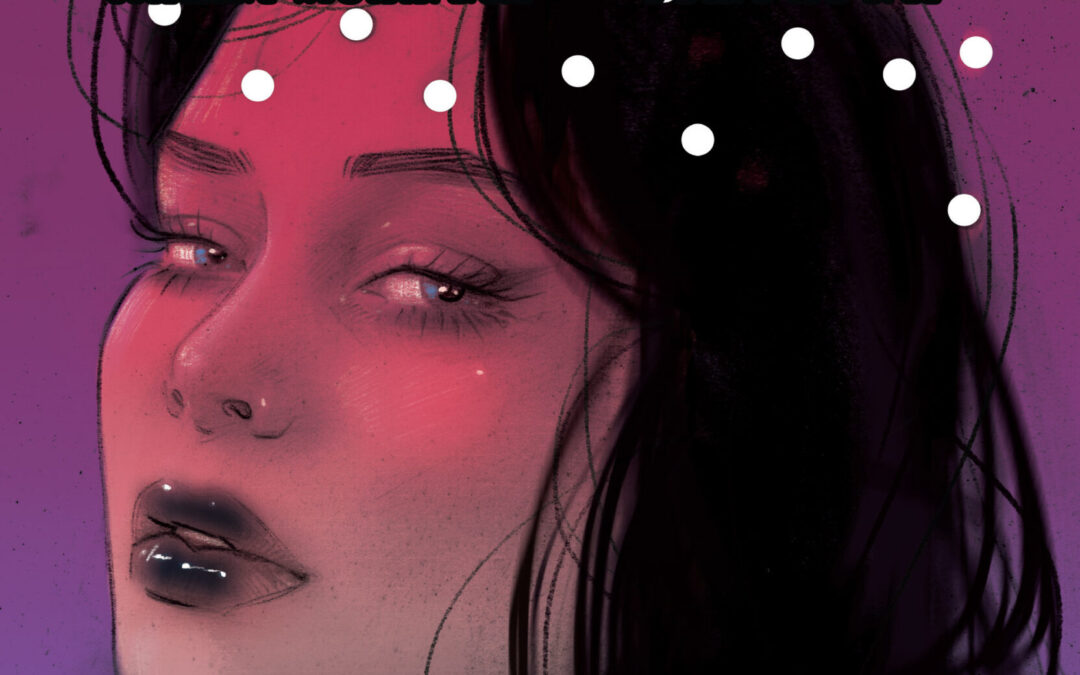
by Rebelle Summers | Jun 13, 2025 | Blog
Myths of the gods and their worshippers – the latter, typically of the feminine persuasion – at their feet have captured the human imagination for centuries. Whether they are devoted disciples, artist’s muses, or, like the subjects from this review,...
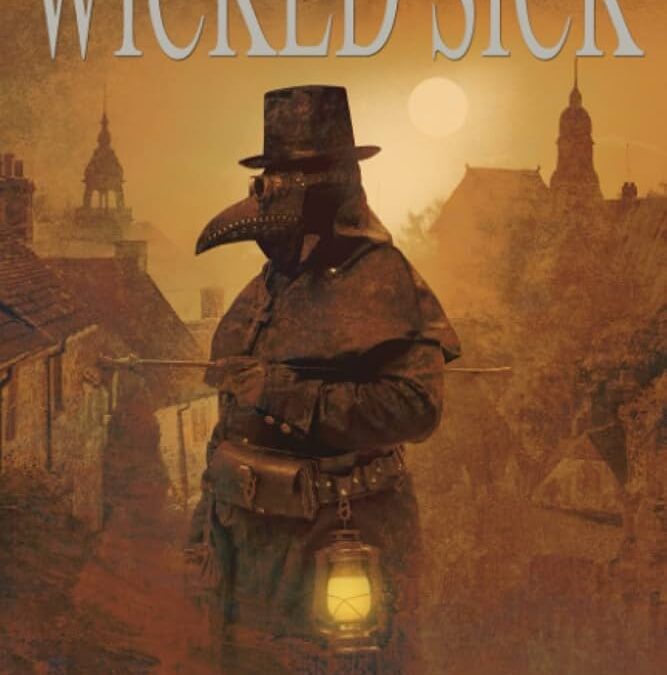
by Alexa Goodrich-Houska (she/they) | Dec 11, 2024 | Blog
Spoiler Free Review Have you ever wished as a younger person you had listened to that one good piece of advice form a parent or mentor? As we age, most of us will have to unfortunately deal with facing our own mortality as our parents age, and we become the...
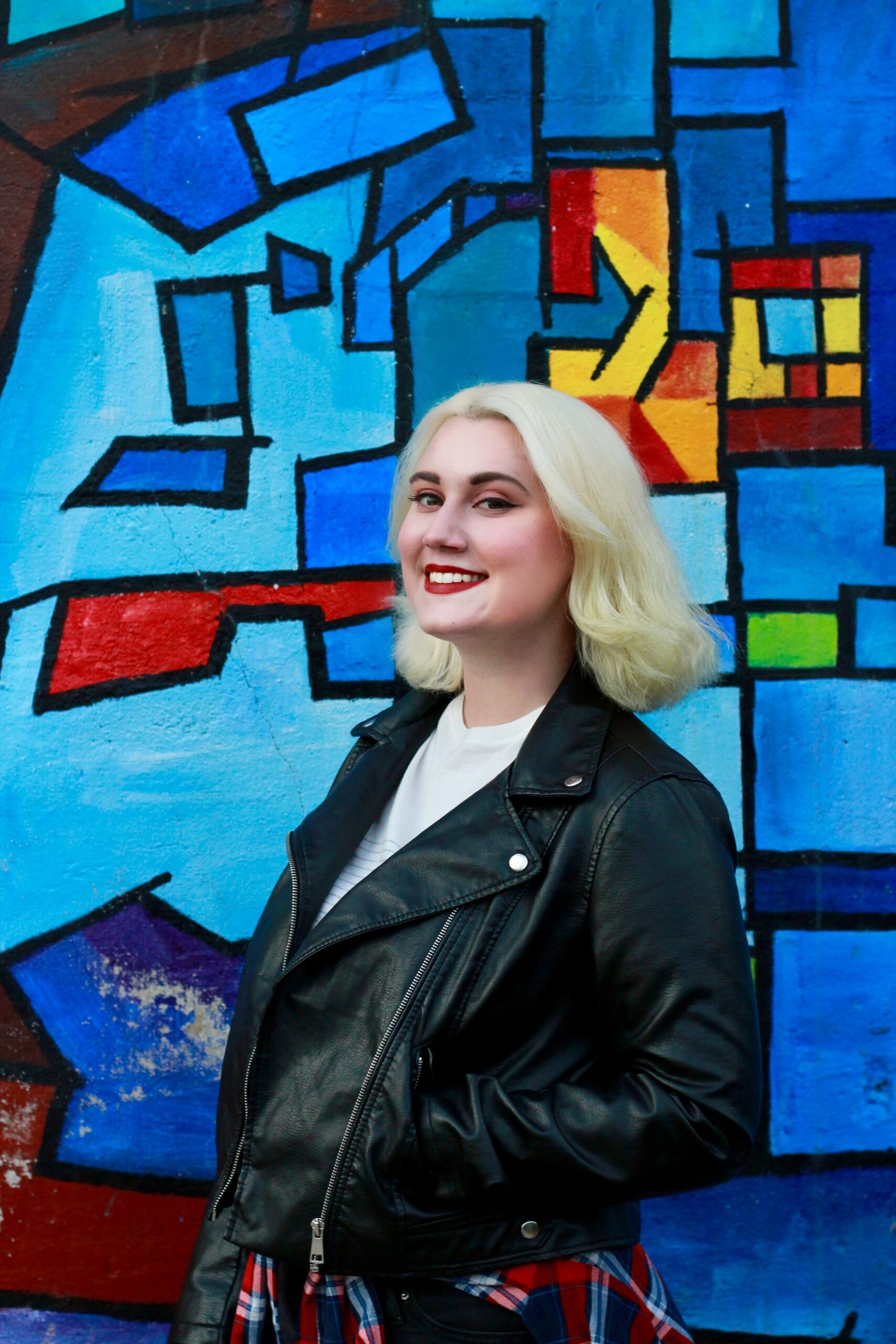
by Michele Kirichanskaya | Nov 1, 2024 | Blog
Kayla Cottingham is a YA author and librarian. Originally from Salt Lake City, Utah, Kayla lives just outside of Boston where she loves to go hiking in the woods, pet any and all dogs, and play RPGs. She is passionate about connecting young people with books featuring...
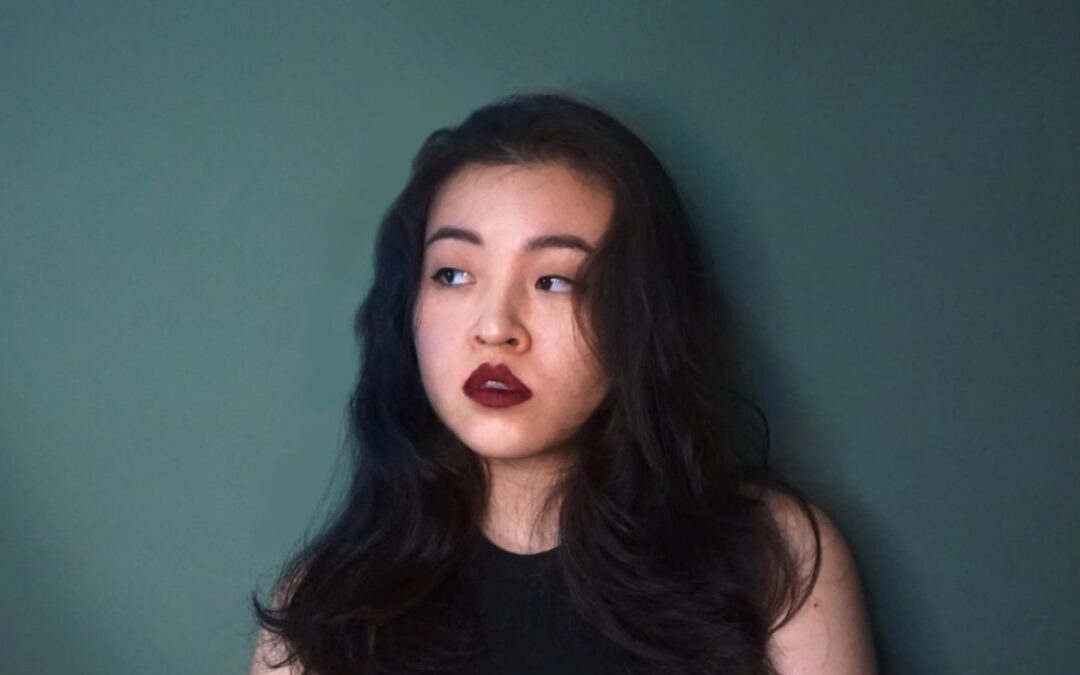
by Michele Kirichanskaya | Oct 30, 2024 | Blog
Wen-yi Lee is a Clarion West alum from Singapore who likes writing about girls with bite, feral nature, and ghosts. Her speculative fiction has appeared in venues such as Lightspeed, Strange Horizons, and Uncanny, as well as in various anthologies. The Dark We Know is...
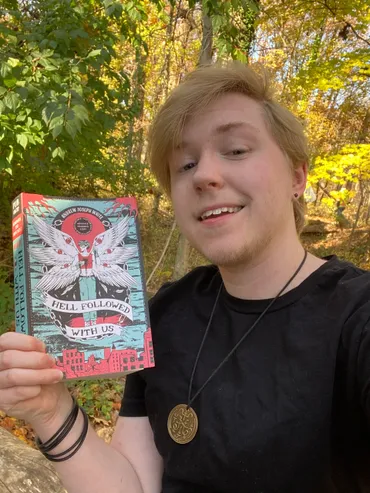
by Michele Kirichanskaya | Sep 27, 2023 | Blog
Andrew Joseph White is a queer, trans author from Virginia, where he grew up falling in love with monsters and wishing he could be one too. He received his MFA in Creative Writing from George Mason University in 2022. Andrew writes about trans folks with claws and...






